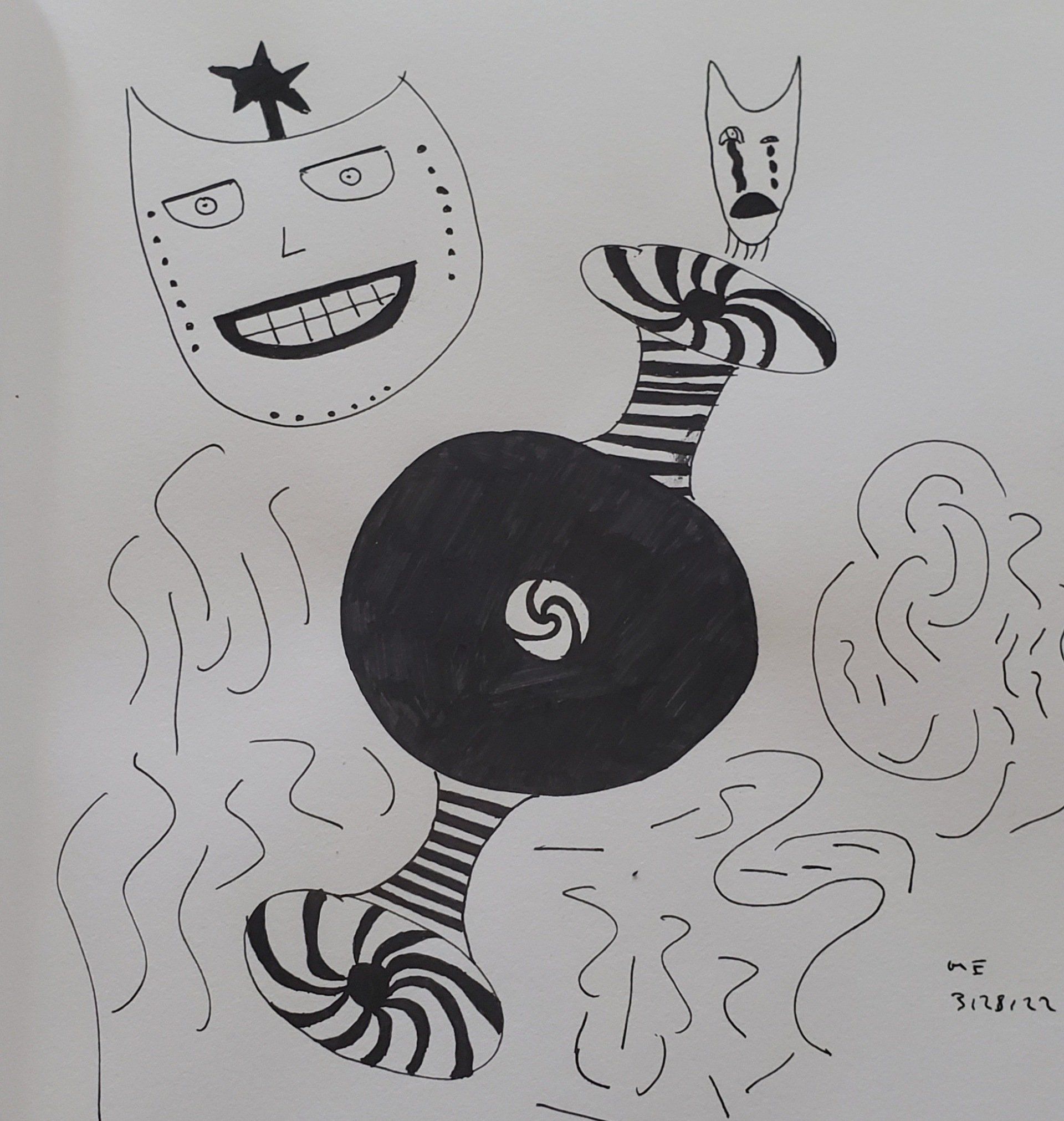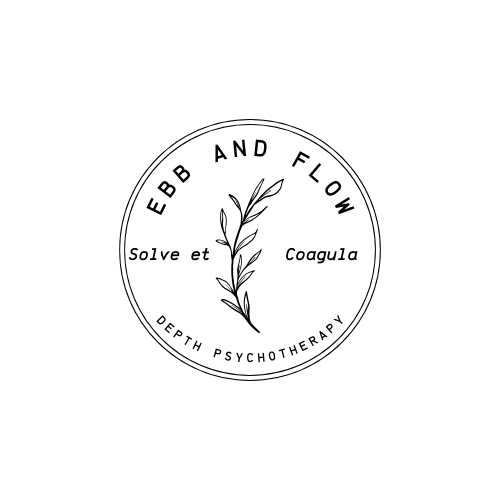A Guide to Parts Work and Subpersonalities
Autonomous Energies of the Psyche


Bridging the Gap
There is no rote solution to integrating these split-off parts. There are excellent maps available such as Carl Jung’s method of analytical psychology, Assagioli’s psychosynthesis, or IFS, but these are just maps. The territory is particular to the individual, and it is up to them to engage in the artistic act of reconciliation. This is where a guide can be of immense value.
What is certain is that these entities are not totally invisible. They make themselves known through the action of our lives, through those areas of self-sabotage, those little moments where our awareness flitters off and we engage in the repetitive pattern, as well as in dreams and body symptoms such as muscle tightness, spasms, aches, ulcers, even cancers.
This takes some getting used to, as the Western empirical worldview has given little credence to these ideas that we have known intuitively for millennia. If you were to dance your way out of a neurosis, no matter how effective it might be, many clinicians in this day and age would write it down as pathological and may even recommend further psychiatric evaluation! But dancing is actually the perfect analogy because we must come into a relationship with these autonomous beings in such a way that we both benefit. Learning how it manifests in our bodies, feelings, and dreams is an important beginning. Once we identify it, we can then start to shift it through other channels such as drawing or closed-eye imagery, vocalizations, movement or dance, or music. As we start to develop our relationships with them, we can come to the point where we can actually converse with them, a process Carl Jung referred to as active imagination.
A Practical Example
The core takeaway from this article is that in order to achieve any sort of inner harmony we must form a relationship to these parts of ourselves rather than write them off as irrational and labeling ourselves as inadequate for being unable to take command of our actions. As this process unfolds, the will grows, and we are increasingly capable of exercising our volition and creating positive change.
I will briefly discuss the chief resident of my unconscious, the autonomous entity with the greatest amount of power. He recently revealed to me his name: Markos (pronounced “Mark-ūs”), which appears to be related to Mars, and indeed, this is an element I feel I have been at war with for much of my life. He manifests in my vision as a mask with a sadistic grin, soulless eyes (depersonalized), and a spiked steel mace (war/weapon/conflict) growing out of the top of his head like a flower.
Markos has been with me for as long as I can remember, and has inflicted a great deal of punishment on me over the course of my life. I have gravitated towards identities of failure, inadequacy, and unworthiness and, despite my best efforts, find myself in the throes of depression on a consistent basis, my will totally sapped, paralyzed.
"One of the great criticisms I have of cognitive-behavioral therapies and will over oneself in general is that, when inner harmony is established, the energies of the individual flow naturally because they are not in conflict."
When a close friend of mine brought it to my attention that I had been striving to meet some of my needs through shadowy means, we sat down to have a process, neither of us knowing the outcome, but going in with the intention to grow deeper in our friendship and allow all the parts to have their say. This got messy, and we were both angry and upset with one another. Markos was very present here, telling me how incredibly selfish I had been and how I deserved to be alone and miserable. As our talk proceeded, Markos manifested in a body constriction. My abdominal muscles tightened painfully around my solar plexus (3rd Chakra), and instead of arching my back to try and release them as I have done many times before, I screamed (shifting experiential channels). The tension released. I began to immediately and instinctively hyperventilate. I had managed to fully objectify, rather than remain subject to, Markos. As my friend and I wrestled with him, he began to laugh. With great muscular effort and sustained breathing, I was able to force out a burp that felt like it had been in my body longer than a decade – it was stale and foul.
There was an immediate resolution to the complex, and I felt immensely liberated. However, in less than 24 hours I was back at the same place – feeling utterly miserable and without hope. It was at this point that I let it be known to Markos how I felt about him, how sick I was at how he made me feel (active imagination). The past few days have served as a testament to what can happen when we rise above our complexes and take control of them.
Part of coming into relationship with these parts of ourselves is still a mystery to me. It's unclear whether they need to be held in loving awareness or, like a severely addicted family member or partner, cast out with loving detachment and given to the loving awareness that is God or the Universe.
Conclusion
I had thought that openness and compassion would bring this to a resolution, and perhaps ultimately that was what this verbal assault and eventual expulsion was. The entire experience has challenged my notions about good and evil, the very composition of life, the Universe, and everything.
That night I had a dream about Jocko Willink whipping my psyche into shape, and the morning after I felt physically refreshed in a way I have not in some time. I was filled with life force and deep cleaned a dirty and unorganized kitchen, then wrote the article that you are now reading.
Some potent energies in my psyche had been liberated.
One of the great criticisms I have of cognitive-behavioral therapies and will over oneself in general is that, when inner harmony is established, the energies of the individual flow naturally because they are not in conflict. When the individual is in conflict, there is a great deal of energy thrown into a pit that they cannot locate. Because will is so central to the endeavor of healing, and the will is split amongst these autonomous psychic energies, we find ourselves in a bind. In this case of disowned aggression, I had to be vicious to this entity before we could come to any sort of amelioration.
If you’re struggling with internal conflict and find yourself at odds with your actions and who you would like to be, please contact me. You don’t have to go through this alone, and I have not just extensive study of the maps but knowledge of my own territory. I would love to help you become the intrepid explorer of your own.


